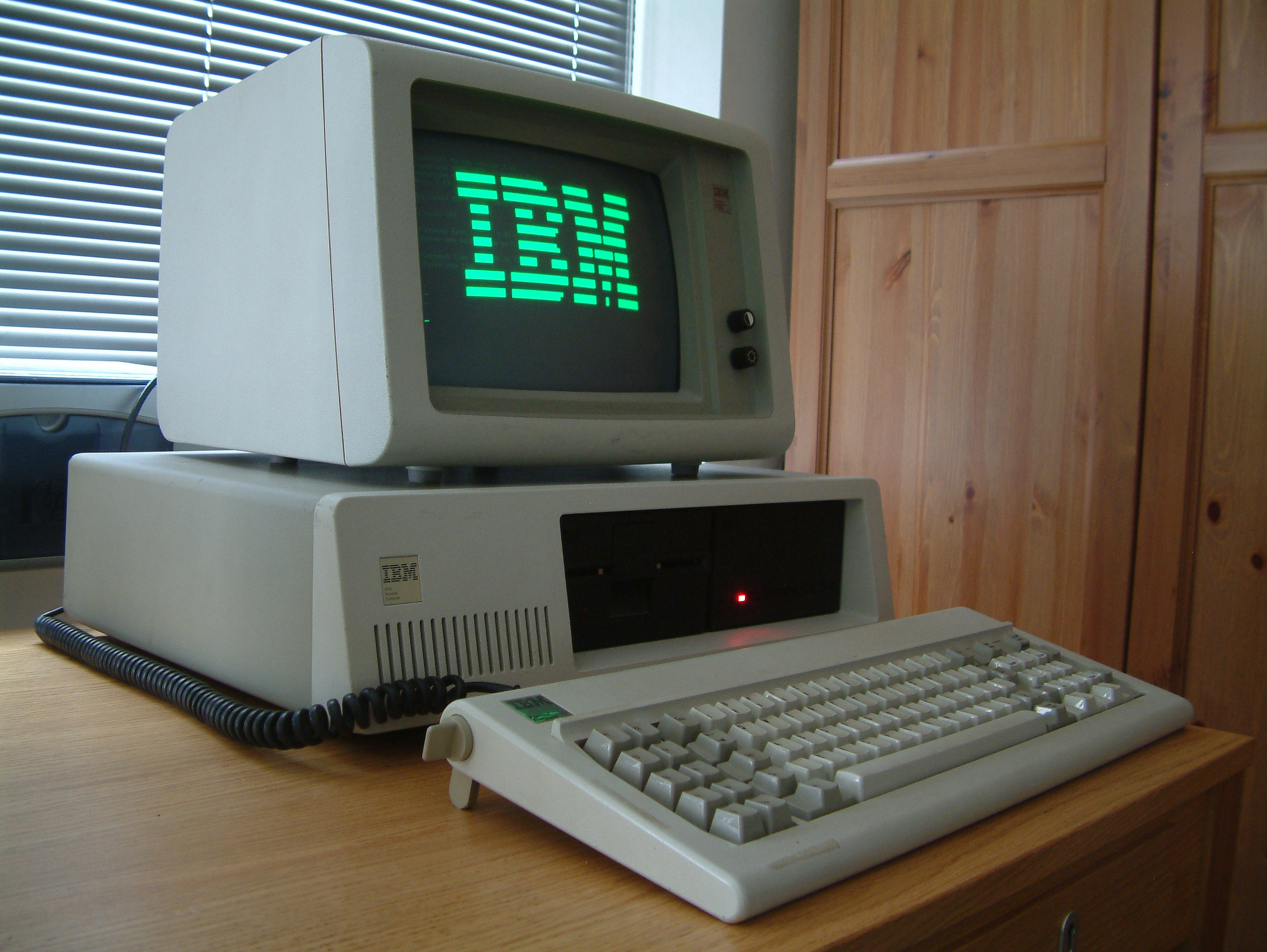 Windows 10’s launch last year was a huge success for Microsoft. In the past year, the number of systems running Windows 10 has grown enormously, spurred by Redmond’s free upgrade offer and a number of less-upstanding practices. From a strictly numbers game, however, the shift has been a success.
What’s been less clear is the negative impact this shift has had on the wider PC business. In the past, the release of a new Microsoft operating system gave the PC OEMs at least a minor sales bump as consumers and businesses upgraded to the new operating system. That bump always depended on the release’s overall quality — Windows 7 was more significant than Windows 8.1 — but it existed. Windows 10 didn’t improve sales at all, and a recent Gartner discussion with The Register suggests why. According to Gartner, one in five customers that upgraded to Windows 10 ultimately decided not to replace their PC with a newer one after seeing how well the OS ran.
“People with older PCs upgraded to Windows 10 and held onto them. Microsoft didn’t expect that number to be so high,” research director Ranjit Atwal told the Reg. “Microsoft has a different vision of of where it is headed, which means that it will not be completely aligned with the PC makers.”
Windows 10’s launch last year was a huge success for Microsoft. In the past year, the number of systems running Windows 10 has grown enormously, spurred by Redmond’s free upgrade offer and a number of less-upstanding practices. From a strictly numbers game, however, the shift has been a success.
What’s been less clear is the negative impact this shift has had on the wider PC business. In the past, the release of a new Microsoft operating system gave the PC OEMs at least a minor sales bump as consumers and businesses upgraded to the new operating system. That bump always depended on the release’s overall quality — Windows 7 was more significant than Windows 8.1 — but it existed. Windows 10 didn’t improve sales at all, and a recent Gartner discussion with The Register suggests why. According to Gartner, one in five customers that upgraded to Windows 10 ultimately decided not to replace their PC with a newer one after seeing how well the OS ran.
“People with older PCs upgraded to Windows 10 and held onto them. Microsoft didn’t expect that number to be so high,” research director Ranjit Atwal told the Reg. “Microsoft has a different vision of of where it is headed, which means that it will not be completely aligned with the PC makers.”

Windows 10 blamed for continued drop-off in system shipments, flat IT spending
![Windows 10 blamed for continued drop-off in system shipments, flat IT spending]() Reviewed by Moonlesknight
on
20:47:00
Rating:
Reviewed by Moonlesknight
on
20:47:00
Rating:




No comments: